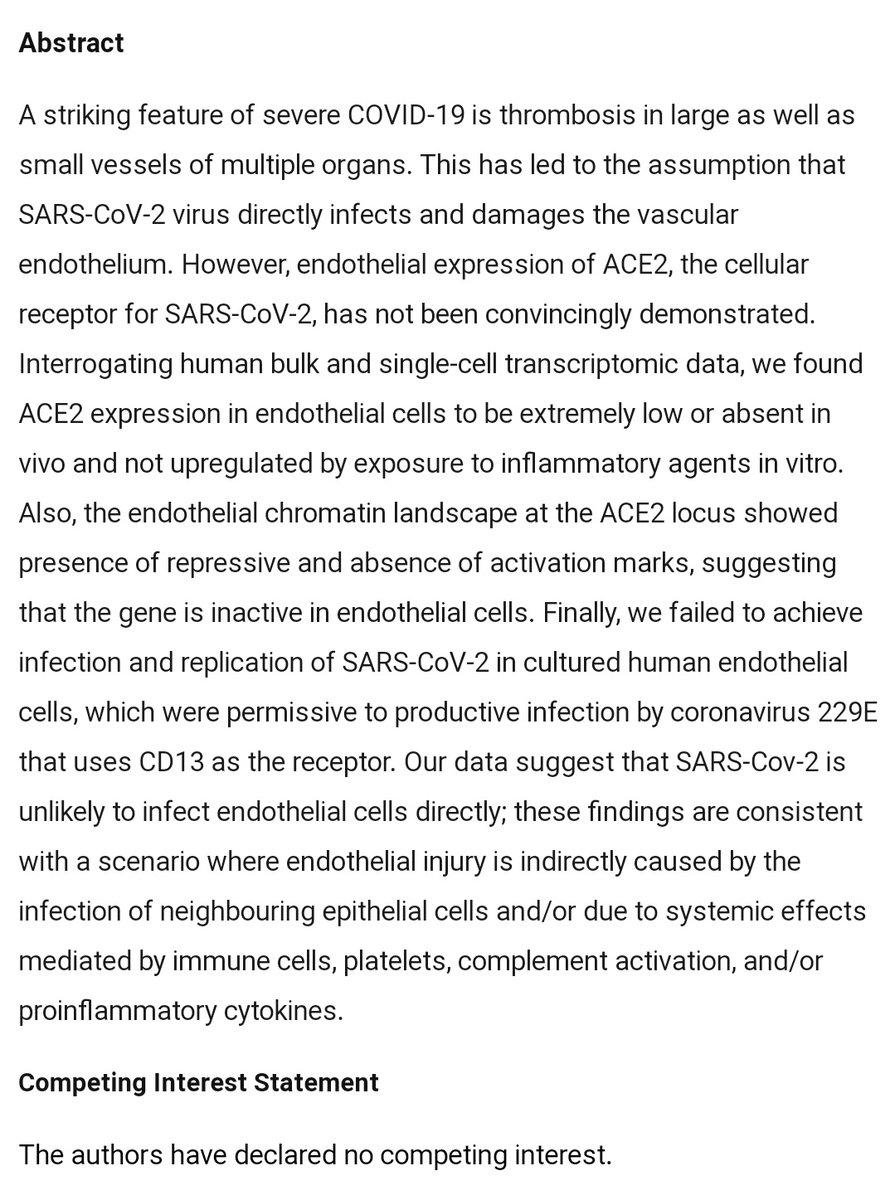
Cyproheptadine prevents pulmonary platelet trapping in endotoxin shocked or severely beaten dogs.
osti.gov/biblio/5502933…
Further evidence for potential efficacy against development of ARDS via pulmonary microthrombosis-- explicitly discussed.
@farid__jalali



osti.gov/biblio/5502933…
Further evidence for potential efficacy against development of ARDS via pulmonary microthrombosis-- explicitly discussed.
@farid__jalali




@cameronks @pathdoc3 @icedoc61 @Jopo_dr @Acute_Pulmo_Med @ZaidYounes9 @Geurys7 @MARYau_MCU_PH @DrBrandon55 @VectorSting @Crashcart
Interesting earlier result on cyproheptadine and pulmonary platelets.
Interesting earlier result on cyproheptadine and pulmonary platelets.
Just found this one for pulmonary fibrosis as well-- another success for cyproheptadine in earlier animal experiments:
https://twitter.com/__ice9/status/1345494154114117633?s=19
Ongoing thread for practitioner feedback-- feel free to report any observations noted:
Tentative indication is severe COVID-19. May (likely) also be applicable in late moderate phase.
Appears effective for pulmonary, neurological, and renal symptoms.
https://twitter.com/__ice9/status/1345491165823574019?s=19
Tentative indication is severe COVID-19. May (likely) also be applicable in late moderate phase.
Appears effective for pulmonary, neurological, and renal symptoms.
• • •
Missing some Tweet in this thread? You can try to
force a refresh





